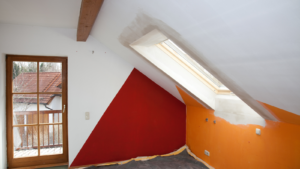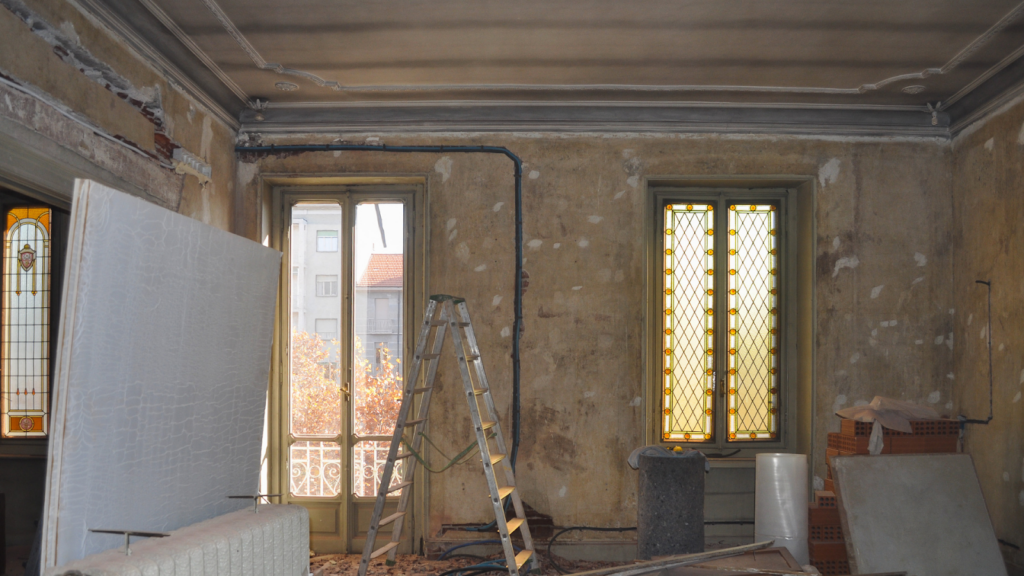
Ever wondered about the magic behind transforming an old, worn-out piece of furniture into a stunning centerpiece? That’s the art of refurbishing at work.
So, let’s delve into the fascinating realm of refurbishing definition and uncover its true meaning.
Refurbishing Definition
Continuing with the conversation on the art of refurbishing, a deep dive into refurbishing definition and its distinction from related terms like ‘restoring’ and ‘reusing’ is in order.
The Refurbishing Definition
Refurbishing stands as a thoughtful process of enhancing the appearance and functionality of pre-owned or worn-out entities. Take furniture for instance – refurbishing might include processes such as replacing parts, repainting, or reupholstering.
Differentiating Refurbishing, Restoring, and Reusing
Understanding these terms becomes easier when illustrated with examples – say, an old table. When refurbishing an old table, one might paint it anew, tighten loose screws, and replace worn-out parts. The table now seems as good as new, both in function and in looks.
The process of restoring, on the other hand, aims to bring the table back to its original state. Here, the focus lies not on improving but preserving the table’s original charm, which often involves techniques like removing later paint layers, fixing original parts, and replicating missing elements in the style of the time when the table was first made.
Reusing differs markedly from these two processes. Here, one could utilize that same old table in a different capacity – for instance, as a potting bench. There’s no transformation or restoration involved, simply a change in utility.
While all three terms – refurbishing, restoring, and reusing – deal with the management of old or used entities, the methods they employ and the end goals they pursue are distinctly varied.
Benefits of Refurbishing

Refurbishing offers myriad advantages, ranging from economic benefits to positive environmental impacts. It’s a dynamic solution that enhances the longevity of products while providing cost-effective alternatives for consumers.
Environmental Impact
Refurbishing plays a pivotal role in reducing environmental footprint. Instead of disposing of pre-owned items, refurbishing breathes new life into them. This practice significantly lessens waste in landfills and the need for new raw materials.
Cost Savings for Consumers
From a consumer standpoint, refurbishing is an economical option that offers quality at a fraction of the price. Instead of buying brand new items, consumers can purchase refurbished ones at a reduced cost, while still maintaining a high-quality standard.
Extended Product Life
Refurbishing definition effectively extends the product’s life cycle. A thorough examination, repair, and quality control process can dramatically improve an item’s longevity. Even after extensive use, many products have the potential for a second, third, or fourth life when refurbished.
Refurbishing Electronics vs. Furniture

Both electronics and furniture undergo refurbishing, but the process varies, going beyond paint jobs or part replacements. While the end goal is boosting utility and extending product life, the specifics for each category differ.
Specifics of Refurbishing Electronics
Refurbishing electronics involves testing, cleaning, quality assurance, and often, component replacements. To insure performance, professionals verify system functionalities, examining components like batteries in electronic devices.
Examples abound in the electronics industry. Leading tech companies, Apple, for instance, sells refurbished versions of its products. Customers purchase these items, usually with warranties, enjoying lower prices than brand-new counterparts.
Considerations for Furniture Refurbishing
Furniture refurbishing contrasts with electronic refurbishing definition. Start points may involve assessing the item’s structure and stability, ensuring the foundations are strong. Then comes cleaning and repairing, if necessary.
In the domain of furniture, many outlets offer refurbished items. Ikea, for instance, runs a buyback program. Customers can sell back used pieces, which Ikea spruces up, before reselling. Programs like this offer customers choices between new products or lower-priced, refurbished options.

Must Know
Refurbishing definition is a smart, sustainable choice that’s more than just a cost-saving measure. It’s a process that breathes new life into pre-owned items, offering consumers high-quality products at a fraction of the original price. The trustworthiness of vendors and the presence of warranties are key considerations when buying refurbished goods. Leading companies like Apple and Ikea have shown us that refurbished doesn’t mean lesser quality, but rather a wise and eco-friendly shopping decision.
